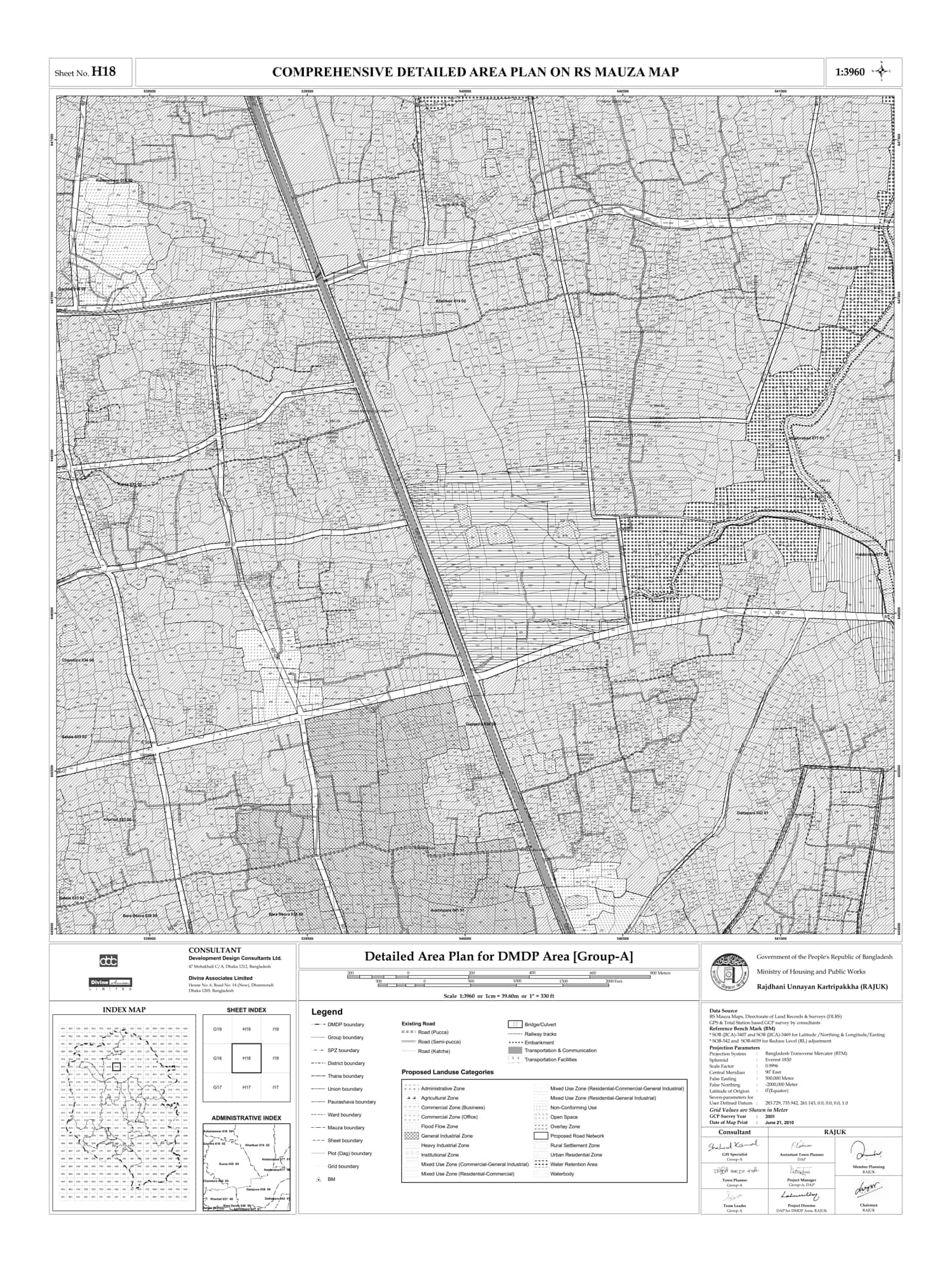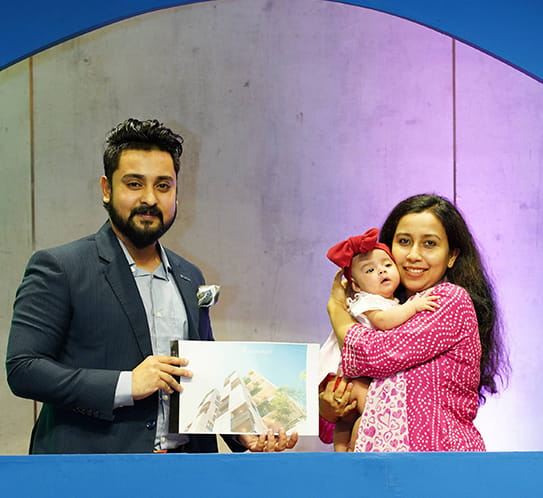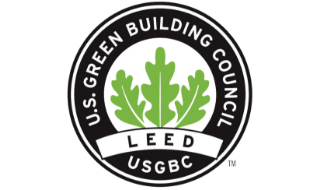I must praise the consultant who worked with us and helped us choose the perfect apartment. He understood our requirements very well and helped us accordingly. Great team!
-Morshed Hossain


Detailed Area Plan (DAP) of Dhaka: How DAP is Shaping the Future of Urban Living?
 Source: Rajuk[/caption]
The majority of Dhaka's industrial zones are situated nearby, and the city is quickly losing its liveability. Decentralization is crucial for our capital because of this. Reducing the economic reliance focused on downtown Dhaka requires a thorough area strategy.
To ensure sustainable and pleasant living, the plan's ultimate goal is to increase urbanization while taking into account basic rights, civic facilities, and other support systems.
Source: Rajuk[/caption]
The majority of Dhaka's industrial zones are situated nearby, and the city is quickly losing its liveability. Decentralization is crucial for our capital because of this. Reducing the economic reliance focused on downtown Dhaka requires a thorough area strategy.
To ensure sustainable and pleasant living, the plan's ultimate goal is to increase urbanization while taking into account basic rights, civic facilities, and other support systems.

I must praise the consultant who worked with us and helped us choose the perfect apartment. He understood our requirements very well and helped us accordingly. Great team!
-Morshed Hossain

Thank you for helping us throughout the project and also getting the apartment ready on time. Really happy with the effort of your team and wish you success.
-Mehazabien Chowdhury

Assalamu Alaikum. I want to start by thanking the people at JCX for being very friendly and understanding. I have experienced this kind of cooperation very rarely in this industry. Best Wishes to the company.
-Mohshin Ahmed

JCX Developments BD has made it very easy for us to find and buy the perfect home as we imagined.
-Dina Akhter


